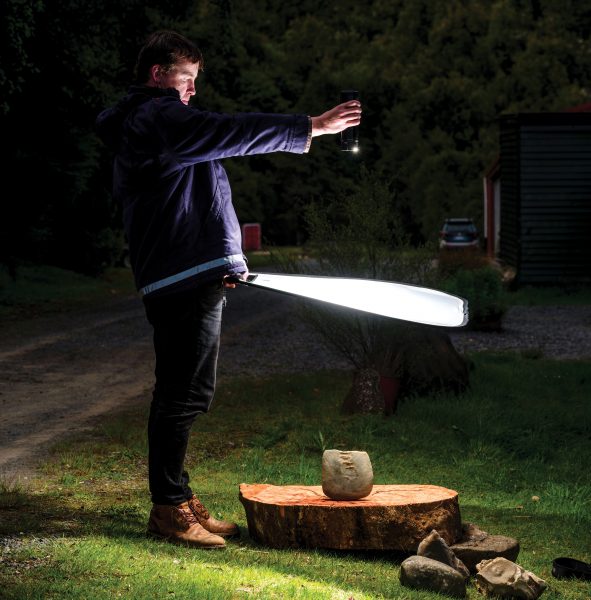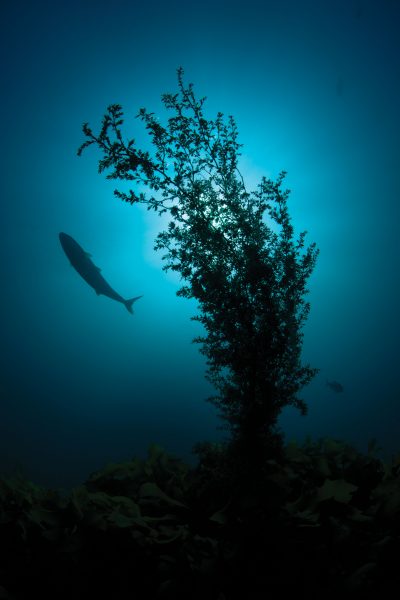The art of shooting birds
Craig McKenzie’s hobby involves spending a lot of time motionless.

Dunedin-based software developer Craig McKenzie started with the wildlife in his backyard. Bird photography, he says, sucks you in. He quickly graduated from the usual garden suspects to difficult-to-find species in increasingly remote locations. These days, he photographs at least once a week in different spots around the South Island. “Every wee location always has something good.”
Panning over the Mackenzie Country on Google Earth, he spotted the Tasman River delta at the top of Lake Pukaki. Good wrybill habitat, he thought. On arrival, he was taken aback by the sight of oystercatchers, a common sight on the Otago coastline, feeding at the end of the Glentanner Station airstrip. No, not oystercatchers—black stilts, kakī.
Over the next few years, McKenzie tracked kakī around the margins and inflows of three Mackenzie Basin lakes, and documented two releases of juvenile stilts close to Tekapo township in the winter of 2013. The newly liberated kakī didn’t immediately take to the air and disappear over the horizon, he says, to the delight of the local schoolchildren in attendance. “Some of the birds just stepped out of the box and stood there, others flew around a bit and then landed again, in their little groups. The stilts’ eyes were just popping out of their heads—I haven’t seen that at other times.”
The appeal in photographing kakī, he says, is partly due to their rarity, partly to their range of behaviours. “You can get a few different poses from them compared to, for example, the yellow-eyed penguin. That complete blackness is quite nice, too. If you catch them in the right light, there’s a particular iridescence on their backs, almost a dark green, although that’s hard to show in the camera.”
The image of mating stilts that appears in the story was a fluke, says McKenzie, although he’d made the effort to be in the right place at the right time.
“I was lying down photographing dotterels when a stilt wandered past feeding, right in front of me,” he says. It was joined by a second, and it took McKenzie a moment to realise what he was seeing through the viewfinder. Afterwards, he watched them wander away side-by-side, their bills crossed one over the other, though he wasn’t quite at the right angle to capture it. “It’s endearing, the way they do that.”

















